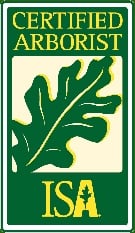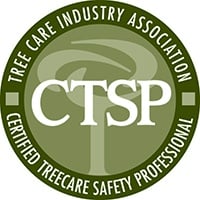Please stay safe, alert, and prepared as North Carolina experiences severe weather. According to weather.gov A severe thunderstorm is "by definition is a thunderstorm that produces one inch hail or larger in diameter and/or winds equal or exceed 58 miles an hour."
Although trees may not have any immediate and visible signs of damage, harm can occur in sizable forms; some of these include splitting of bark, cracking of wood directly underneath the lightning path, steam explosions from water underneath the bark, and a radiating shock wave that can create permanent leaf wilting leading to eventual twig death.

Lightning strikes in trees create a destabilized environment in which insects thrive on. When lightning hits a tree an injury occurs. A lightning strike damages the tree leaving it susceptible to other attacks. Boring insects, in particular, cause major havoc on damaged trees and should not be ignored. Boring insects are typically secondary pests, meaning, the insects wait for a tree to become weakened before attacking. To combat against boring insects calls for preventative bore sprays applied before the lightning strikes.
Although we as humans can take cover from severe weather including lightning, our trees cannot. It important we keep an eye out for lightening damaged trees; if your tree has been struck, continue to periodically check for decay and dead roots. After a lightning strike if mushrooms start growing at the base of the tree this is a sign of decay and should be cause for concern. After a tree has been struck by lightning the tree could be susceptible to rapid decline and could be a potential hazard.
Have your trees been damaged by severe weather and lightning strikes? If you need emergency tree response, call
 . We trained in emergency tree response and we're here to help, day or night.
. We trained in emergency tree response and we're here to help, day or night.







